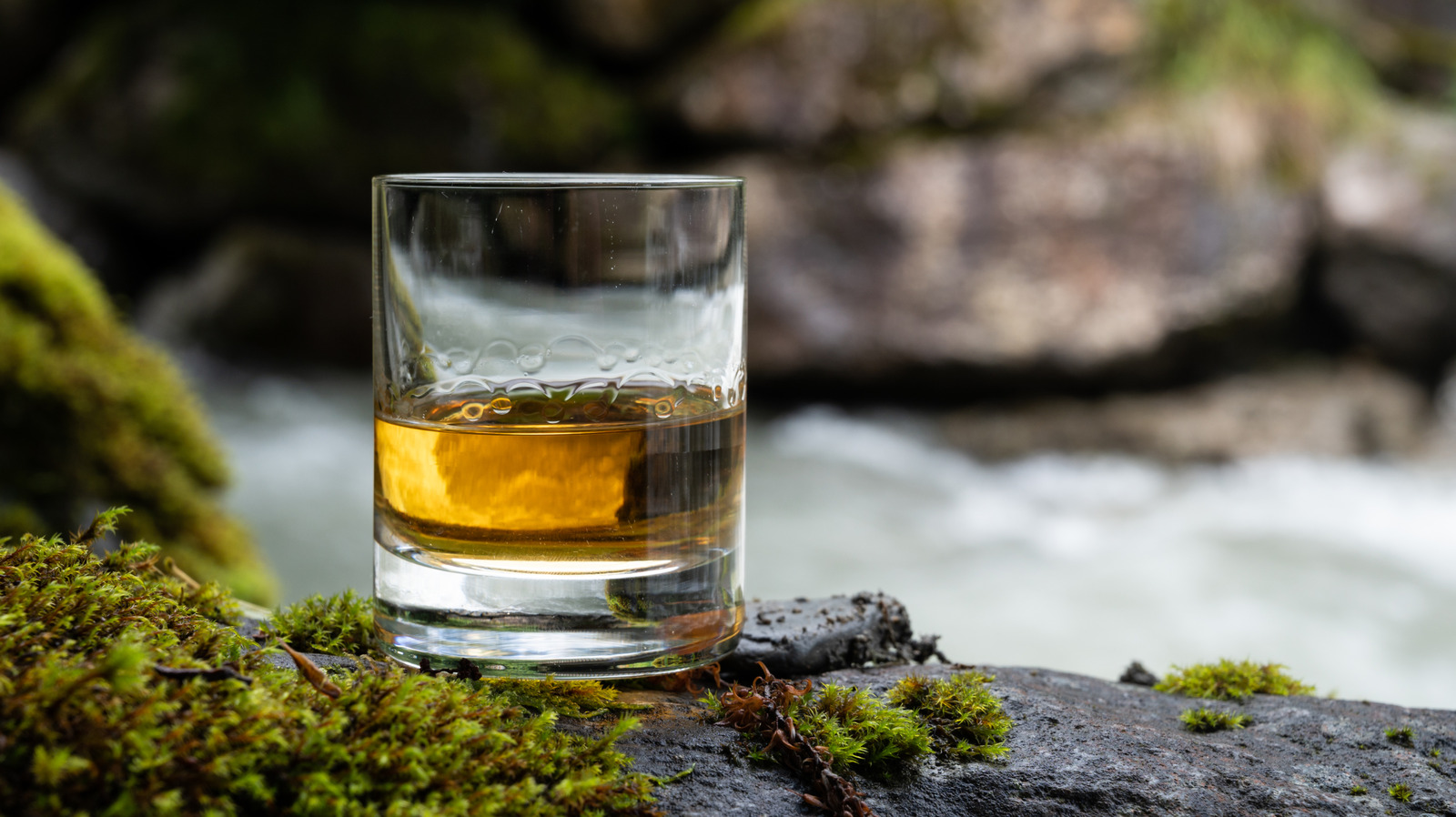
"Many of the finest Scotch whiskies are labeled with the number of years that they were aged. It is not uncommon to see a whisky aged for 20 or more years carrying a price tag of thousands of dollars."
"Unfortunately, it is a common Scotch whisky myth that you can age it at home - Scotch just doesn't work that way."
"The aging process for those fine Scotch whiskies - the years that multiply their value - occurs in the cask. Unlike wine, as soon as Scotch is bottled, the flavors are pretty much set."
"To be considered a Scotch whisky, the liquor must be aged in oak casks for at least three years. During this time, the flavors of the wood - and whatever else may have been aged in the cask - contribute significantly."
Aging Scotch whisky occurs exclusively in the cask, not after bottling. Unlike wines, once Scotch is bottled, its flavors do not develop further. Scotch can only improve in flavor when it ages in oak casks, which impart unique characteristics. While some bottles, like a 10-year Laphroaig, may seem to lose potential value over time, they remain enjoyable. The old bottles are highly valued not because of potential for change in the bottle, but because of the aging process within the cask that enhances their quality and complexity.
Read at Tasting Table
Unable to calculate read time
Collection
[
|
...
]